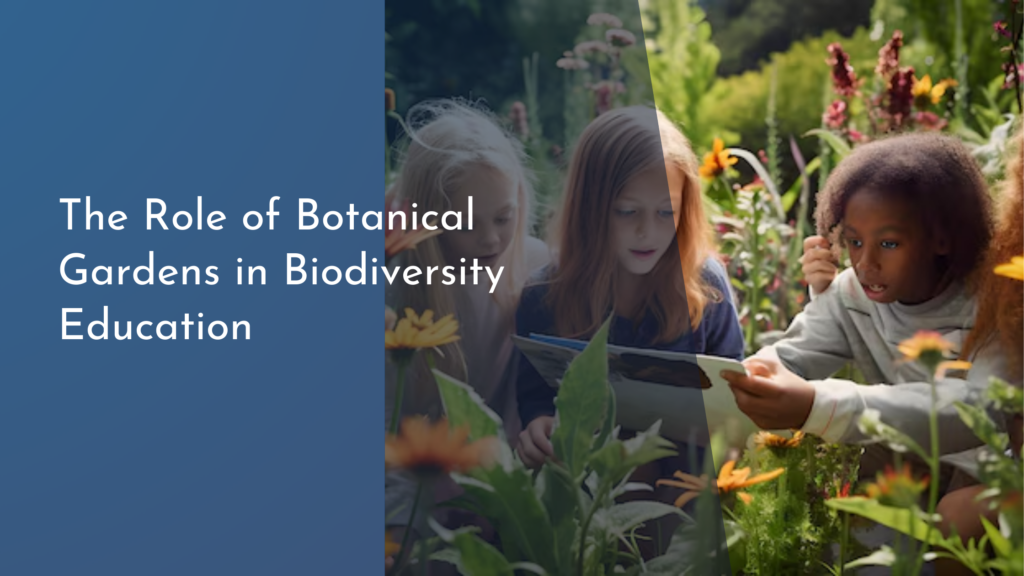The Role of Wildlife in Sustainable Agriculture Systems
In the pursuit of sustainable agriculture, the integration of wildlife into farming systems has emerged as a vital aspect. Wild animals and plants contribute significantly to ecological balance, enhancing productivity while safeguarding natural resources. This article explores the multifaceted role of wildlife in sustainable agriculture, highlighting the benefits it brings to farmers, ecosystems, and overall food security.
Embracing Nature: Wildlife’s Gift to Sustainable Farming
Wildlife plays an essential role in creating a balanced ecosystem that supports sustainable farming practices. When farmers embrace nature, they inadvertently allow various species to contribute to soil health, pollination, and nutrient cycling. For instance, earthworms and beneficial insects improve soil structure and fertility, while birds and bats help control insect populations. By recognizing and valuing these natural interactions, farmers can implement practices that promote coexistence with wildlife, leading to enhanced productivity and resilience.
Moreover, the presence of wildlife can improve the overall health of agricultural landscapes. Diverse habitats such as hedgerows, wetlands, and grasslands serve as refuge for numerous species, enriching the environment and providing essential services. These areas not only support wildlife but also act as buffers against erosion and nutrient runoff, creating a more sustainable agricultural system. By fostering these habitats, farmers can reap the rewards of biodiversity while ensuring the longevity of their farming practices.
Biodiversity Boost: How Animals Enhance Crop Production
Biodiversity is a cornerstone of sustainable agriculture, and wildlife significantly contributes to it. Various animal species, from pollinators like bees to seed dispersers such as birds, play a crucial role in the production of food crops. Pollination, for example, is essential for many fruits and vegetables, and the presence of diverse pollinator species can lead to increased yields and better-quality crops. By creating habitats that attract these beneficial animals, farmers can improve their harvests while minimizing their reliance on chemical fertilizers and pesticides.
Furthermore, wildlife contributes to the genetic diversity of crops. By fostering a variety of plant and animal species within agricultural systems, farmers can cultivate resilient crops that are better adapted to changing environmental conditions, such as drought or pests. This genetic diversity helps ensure food security and provides a buffer against the threats posed by climate change. Embracing wildlife, therefore, leads to more robust crop production systems that can withstand environmental fluctuations.
Pest Control Partners: Wildlife’s Role in Natural Defense
One of the most significant advantages of integrating wildlife into agriculture is its role in pest management. Many species, including birds, bats, and beneficial insects, act as natural predators, keeping pest populations in check. This natural form of pest control reduces the need for chemical pesticides, promoting a healthier ecosystem and protecting beneficial organisms. By creating habitats that attract these natural pest controllers, farmers can effectively manage pest populations while maintaining a balance within their agricultural systems.
In addition to directly controlling pests, wildlife can also enhance the resilience of crops against pest outbreaks. Diverse ecosystems are less susceptible to pest invasions, as a wide array of species can disrupt pest life cycles and reduce their numbers. For example, the presence of ladybugs can keep aphid populations low, while birds can hunt for various insects that threaten crops. By fostering these beneficial wildlife populations, farmers can create a self-regulating system that minimizes the impact of pests and enhances overall crop health.
Building Resilience: Wildlife and Sustainable Agroecosystems
Wildlife contributes significantly to the resilience of agroecosystems, enabling them to adapt to environmental changes and disturbances. Diverse ecosystems are more robust and can recover more quickly from adverse events, such as droughts, floods, or pest invasions. By incorporating wildlife into agricultural practices, farmers create a system that can withstand these challenges, ensuring long-term productivity and food security. This resilience is crucial as climate change continues to impact agricultural landscapes globally.
Additionally, fostering wildlife habitats within farming systems can promote nutrient cycling and soil health, further enhancing resilience. For example, the presence of certain animal species can aid in the decomposition of organic matter, returning nutrients to the soil and improving its overall fertility. By prioritizing wildlife conservation and fostering biodiversity, farmers can create sustainable agricultural systems that are not only productive but also capable of thriving in the face of future challenges.
In conclusion, the role of wildlife in sustainable agriculture systems is both vital and multifaceted. From enhancing biodiversity and crop production to providing natural pest control and building resilience, wildlife offers numerous benefits that contribute to a more sustainable and productive farming approach. By embracing and nurturing these natural allies, farmers can cultivate not only their crops but also healthier ecosystems, ultimately leading to a more sustainable future for agriculture and food security. Let us celebrate the harmonious relationship between wildlife and farming, recognizing it as a key pathway to a greener, more sustainable world!

